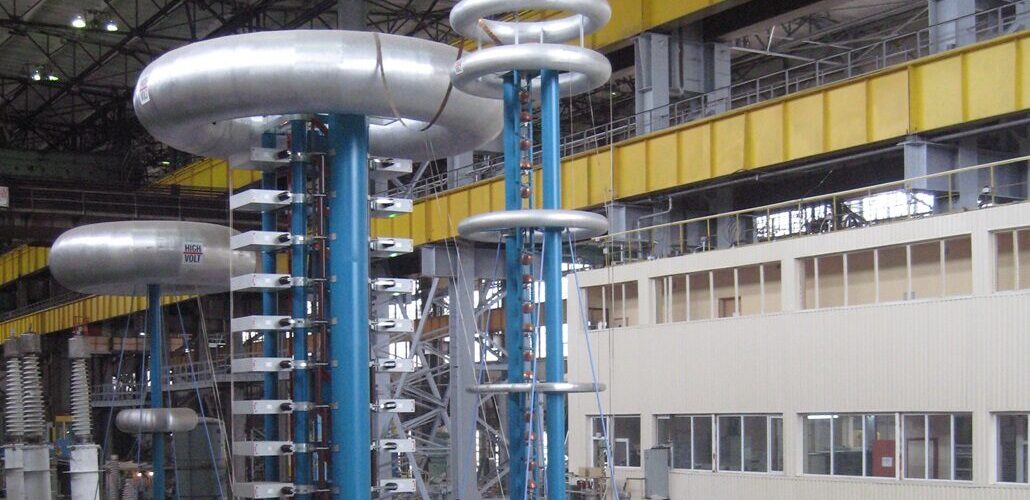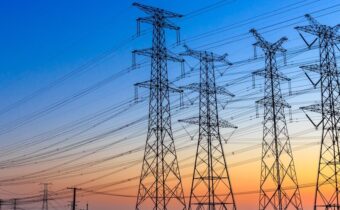
Volt-time curves of oil-filled power transformer insulation: Survey of 100 years of research – Part V
This fifth part of the article examines the significant contributions of Okabe to the statistical analysis and modeling of insulation behavior in EHV and UHV power transformers.
by V. Gurin

This fifth part of the article examines the significant contributions of Okabe to the statistical analysis and modeling of insulation behavior in EHV and UHV power transformers. Okabe’s approach is grounded in the probabilistic treatment of partial discharge inception (PDI) under AC voltage over extended periods, ranging from milliseconds to several months. The article outlines how Okabe derived voltage–time (V–t) characteristics using simplified insulation models for core- and shell-type transformers, focusing on turn-to-turn, coil-to-coil, and barrier-oil-duct structures. By applying Weibull statistics to experimental data, Okabe proposed an equation describing the relationship between voltage, time, and the probability of partial discharge occurrence, thus providing a foundation for statistically optimized insulation design. Despite the innovation in duration and methodology, the relative simplicity of Okabe’s models and the absence of breakdown voltage data is noted, highlighting that his work complements but does not replace more advanced Soviet research.
#breakdown voltage#coefficient of variation#EHV#IEC#IEEE#internal insulation#PD#probability distribution#shell-type transformer#transformer oil#UHV#volt-time curve







